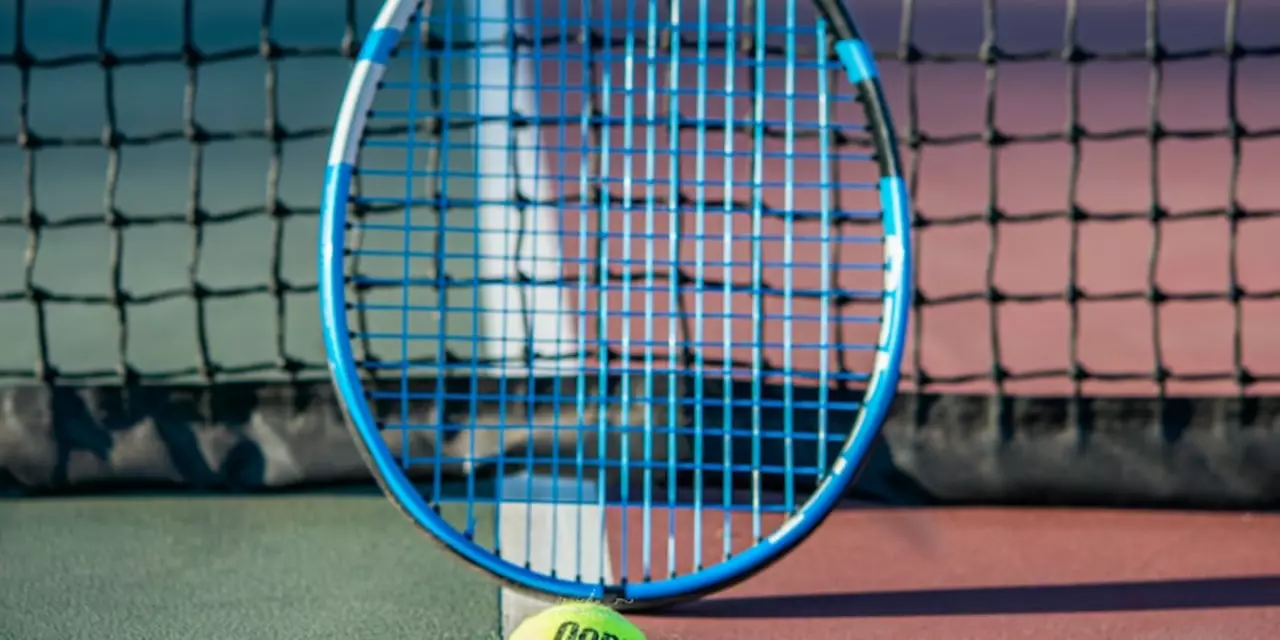Durability in Table Tennis Gear: How to Make Your Racket Last Longer
If you’re spending weekends at Colchester Table Tennis Club, you’ve probably noticed how fast a good paddle can wear out. A cracked blade or worn rubber can ruin a match and hit your wallet. The good news? You don’t need to throw away gear every year. With a few smart choices, you can keep your racket performing well for ages.
Choosing Durable Rackets
Not all rackets are built the same. Beginners often go for cheap blades that feel fine at first but chip after a few months. Look for blades made from 7‑layer wood or carbon‑fiber composites – they handle impact better and stay straight longer. Brands that market “durability” usually test their blades against repeated hits, so a slightly higher price often means fewer replacements.
Rubber matters too. Some sheets have a “hard” sponge that resists compression. Harder rubbers keep their bounce and spin longer, especially if you play fast rallies. If you prefer a softer feel, choose a rubber with a protective top‑coat. That layer guards against dirt and wear, extending the life of the playing surface.
Care Tips to Extend Lifespan
Cleaning is the easiest way to add years to your gear. After each session, wipe the blade with a dry cloth to remove sweat and dust. For the rubber, use a gentle sponge and a few drops of water – never spray directly onto the sheet. Let it air dry, never rub it with a towel, because friction can wear the surface.
Storage also counts. Keep your racket in a protective case when you’re not using it. A case shields the blade from temperature swings and accidental knocks. If you travel to tournaments, a hard shell case is worth the investment; it prevents the blade from bowing under pressure.
Watch your grip tape. Tape that peels or bubbles can let sweat seep into the wood, causing warping. Replace tape any time it looks worn or sticky. It’s a cheap fix that saves the whole paddle.
Finally, rotate your equipment if you have more than one racket. Using the same blade every day subjects it to constant stress. Switching between two rackets spreads out the wear, giving each blade a break to recover.
By picking a sturdy racket, protecting the rubber, and handling everything with care, you’ll notice fewer cracks, less spin loss, and a longer run before you need a new set. That means more time on the table and less money spent on replacements.
Next time you’re at the club, give your gear a quick once‑over before you play. A few seconds now saves weeks of disappointment later. Stay sharp, play smart, and enjoy the durability you built into your game.

Why don't tennis balls last long?
Tennis balls are designed to provide a certain level of performance, but their lifespan is limited due to a number of factors. The most significant is the abrasive nature of the court surface, which wears down the felt covering of the ball. Heat and humidity also have an impact, as well as the force of the shots and the speed at which the ball is travelling. Generally, a ball will last for between two and four hours of play before it needs to be replaced. To ensure the best performance, balls should be stored in a cool and dry environment and used regularly.
View More
